Orthodontics
A Comfortable Life Brought by Beautifully Aligned Teeth
Tooth alignment affects not only the appearance of your smile but also your overall health and daily comfort. Poor alignment or bite (malocclusion) can lead to the following issues.
- Difficulty chewing food properly
- Higher risk of cavities and gum disease
- Can contribute to bad breath
- Strain on the jaw joints (risk of temporomandibular joint disorder)
- Speech may become unclear
- May cause self-consciousness about appearance
Orthodontic treatment helps improve tooth alignment and bite, supporting a healthier and more comfortable lifestyle.
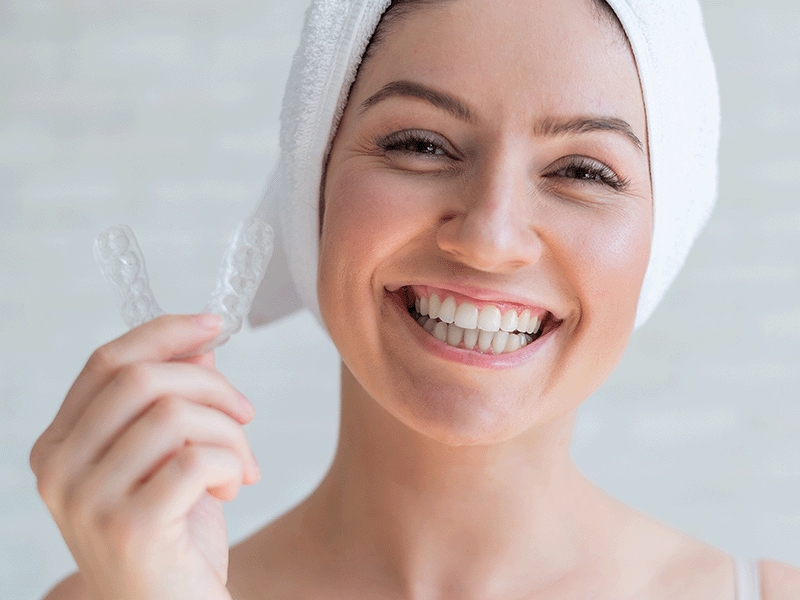
Common Dental and Bite Issues That May Require Orthodontic Treatment
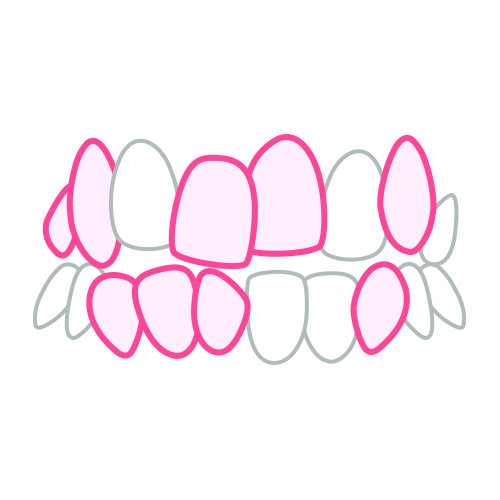
Crowding
Crooked teeth, Misaligned front teeth, Protruding canines
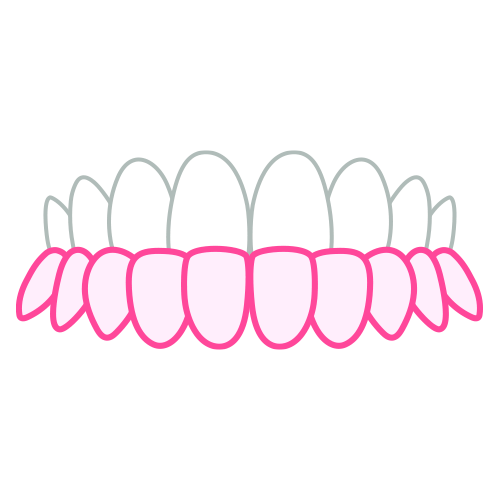
Anterior Crossbite
Underbite
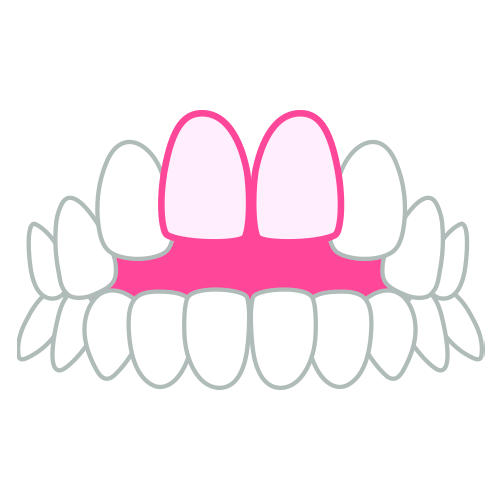
Open Bite
Anterior open bite
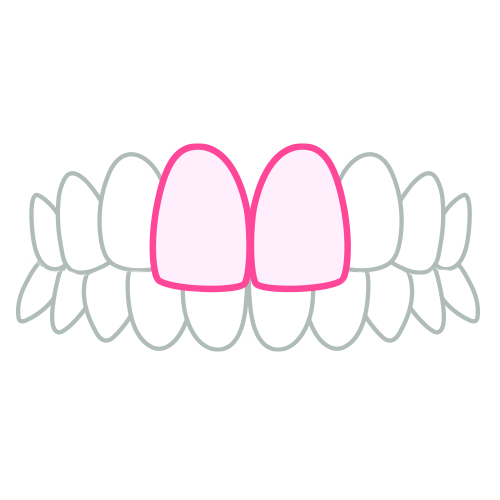
Deep Bite
The lower front teeth are not visible when biting down.
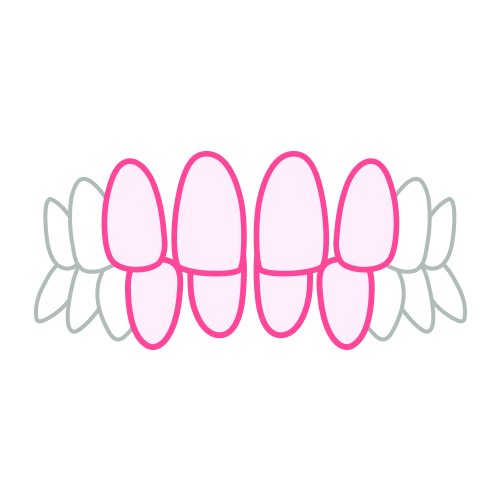
Spacing
Diastema
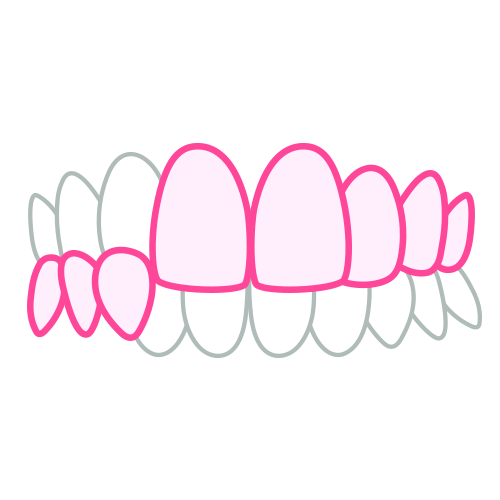
Crossbite
Partial crossbite
Orthodontic treatment can be highly effective for the following dental alignment and bite issues.
- Crowding
Teeth are misaligned and overlap due to lack of space. This includes crooked teeth or canines that protrude (commonly called "fangs"). - Anterior Crossbite
The lower front teeth extend beyond the upper front teeth; also known as a "reverse bite." - Open Bite
Even when the back teeth are closed together, the upper and lower front teeth do not touch. - Deep Bite
The upper front teeth excessively cover the lower front teeth when biting. - Spacing
Gaps or spaces between the teeth, commonly referred to as "gapped teeth." - Crossbite
Some upper teeth bite inside the lower teeth, either in the front or on the sides.
Types and Methods of Orthodontic Treatment
1. Conventional Orthodontic Braces
Orthodontic treatment using brackets and wires allows for precise and effective tooth movement.
At our clinic, we offer both traditional metal brackets and more discreet ceramic brackets to suit your aesthetic preferences.
Types of Wire Braces
Metal Brackets: Standard braces that use metal brackets and wires.
Ceramic Brackets: These braces are tooth-colored and less noticeable, making them a more discreet option.
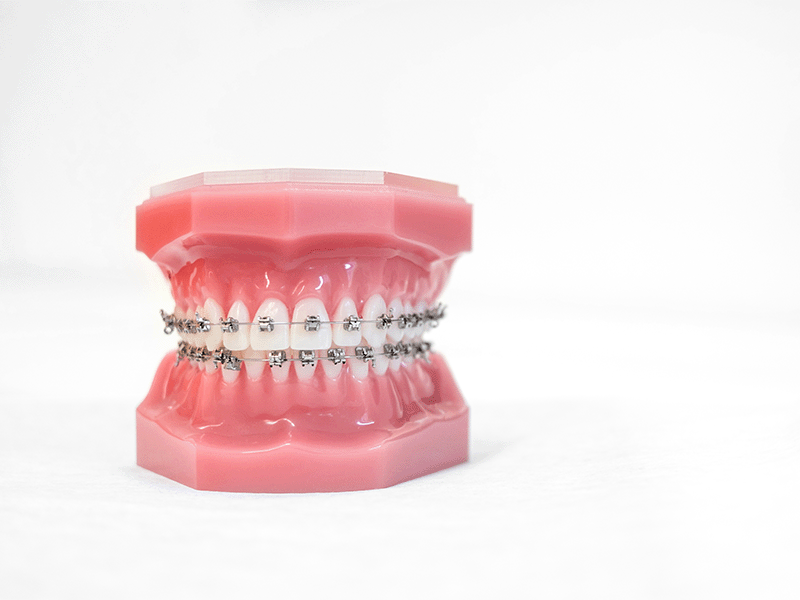
Features of Ceramic Braces
- Discreet appearance
- Same level of effectiveness as metal braces
- More cost-effective than Invisalign
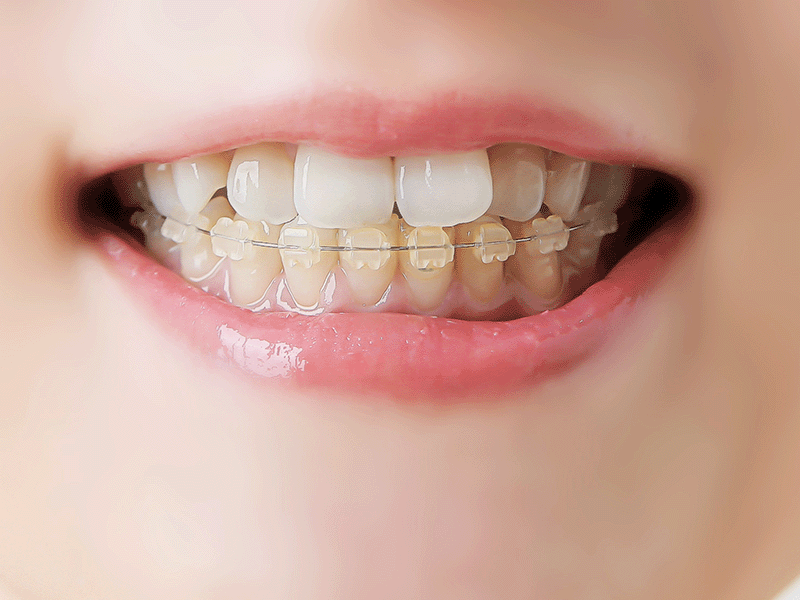
Lingual Braces
The braces are attached to the back of the teeth, making this orthodontic method invisible from the outside.
Features of Lingual Braces
- The braces are not visible from the outside

2. Clear Aligners (Invisalign®)
A clear, removable orthodontic device that is hardly noticeable. Recommended for those who frequently appear in public.
Who is Invisalign® recommended for?
- Those who prefer a discreet way to straighten their teeth
- People who frequently appear in public or have client-facing jobs
- Individuals with metal allergies
- Those prone to mouth ulcers from traditional braces
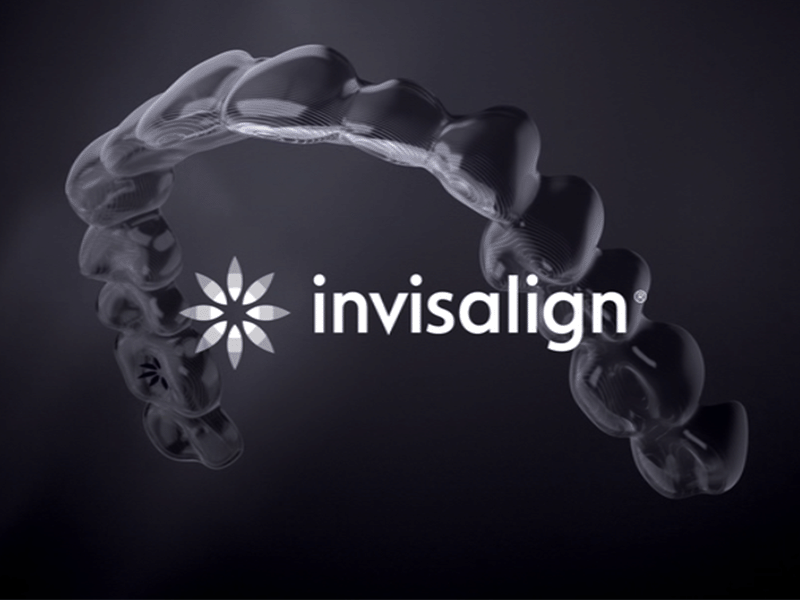
Features of Invisalign®
- Clear and virtually invisible – Easy to wear without affecting your appearance
- Safe for those with metal allergies – No metal components used
- 3D simulation available – You can preview the expected results before starting
- Removable and easy to clean – Maintain good oral hygiene with ease
- Flexible for lifestyle needs – Can be removed during sports or special events
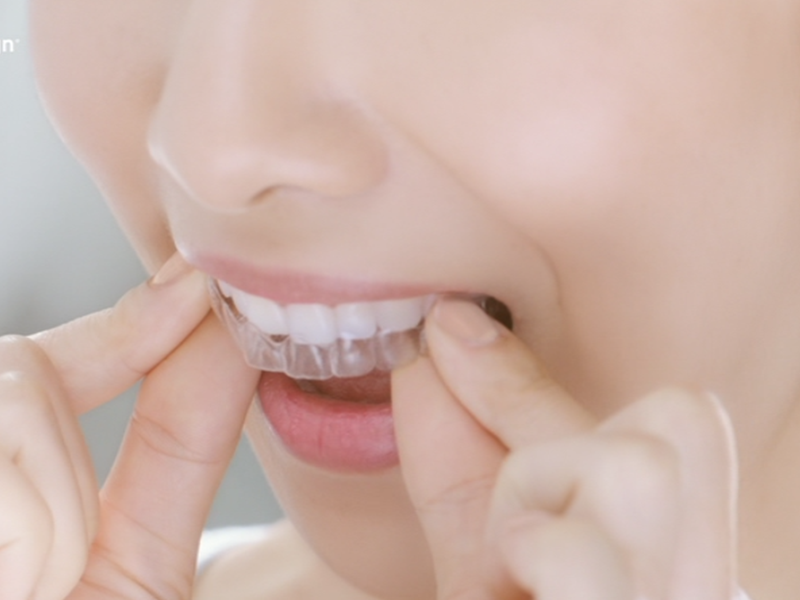
Orthodontic Treatment Process
Consultation
We begin with a consultation to discuss your concerns and goals regarding your teeth alignment and bite.
Examination and Diagnosis
Detailed examinations are performed, including X-rays, cephalometric analysis, and CT scans. Based on the results, we create a customized treatment plan.
Start of Treatment
We begin orthodontic treatment using the most suitable method based on your individual case and preferences.
Regular Checkups and Adjustments
You will visit the clinic approximately once a month for checkups and adjustments to monitor tooth movement and ensure proper progress.
Completion and Retention
Once your teeth are properly aligned, retainers will be used to maintain the results and prevent relapse.
Details may vary depending on the treatment, so please confirm during your consultation.
Risks and Considerations of Orthodontic Treatment
- You may experience slight discomfort or dull pain as your teeth begin to move.
- Mild root resorption (shortening of tooth roots) may occur during treatment.
- For removable appliances, it is essential to wear them for the prescribed hours each day. Failure to do so may result in suboptimal outcomes.
- With wire braces, brushing can be more challenging, which may increase the risk of tooth decay and gum disease.
- After active treatment, teeth may gradually shift back to their original positions. To prevent relapse, it is important to wear a retainer as instructed.
Start with a Consultation!
If you have concerns about your teeth alignment or want to learn more about orthodontic treatment, we encourage you to visit our clinic.
Our experienced dentists will propose the optimal treatment method that suits your needs.
Click Here to Book an Appointment
If you have any concerns about your health or oral condition,
please feel free to consult Sakura Clinic, a Japanese medical and dental clinic in Dubai.
